When working with PowerShell scripts and commands, navigating and manipulating directories is essential for efficient automation and system management. Whether you’re writing scripts or working directly in the PowerShell console, understanding how to retrieve the current directory path is a fundamental skill that serves as the foundation for more complex operations.
This guide explores various methods to obtain the current directory path in PowerShell, demonstrating practical examples that you can implement immediately in your workflows. We’ll cover built-in variables, cmdlets, and system methods that provide flexibility in different scenarios.
1. Using the $PWD Variable
The $PWD (Print Working Directory) automatic variable is one of the simplest ways to retrieve the current working directory path in PowerShell.
$PWD
This variable represents the current working directory as a System.Management.Automation.PathInfo object, giving you access to various properties related to the path. It’s worth noting that $PWD is actually an alias of the Get-Location cmdlet, which we’ll explore next.
2. Using the Get-Location Cmdlet
The Get-Location cmdlet directly returns information about the current directory location. This is one of the most common and straightforward approaches:
Get-Location
For example, if you’re in the “C:\Program Files” directory and run this command, it will display:
Path
----
C:\Program Files
You can change your working directory using the Set-Location cmdlet before checking your location:
Set-Location C:\Users\Administrator
Get-Location
This would return:
Path
----
C:\Users\Administrator
3. Using System.Environment
PowerShell allows access to the .NET Framework, and you can use the CurrentDirectory property of the System.Environment class:
[System.Environment]::CurrentDirectory
Interestingly, this method might return a different path than Get-Location in some scenarios, particularly when PowerShell is called from another application or context.
4. Getting the Current Script Directory
When working with script files, you often need to know the directory of the currently running script rather than the working directory. For this purpose, PowerShell provides the $PSScriptRoot automatic variable:
# Inside a script file (e.g., D:\PowerShell\MyScript.ps1)
Write-Host $PSScriptRoot
When executed, this would display:
D:\PowerShell
This is particularly useful for script operations that need to reference files relative to the script’s location, regardless of the current working directory.
Storing the Current Directory in a Variable
You can store the current directory path in a variable for later use:
$currentDir = Get-Location
Write-Host "The current working directory is: $currentDir"
Navigating to Parent Directories
To get the parent directory of your current location:
$currentDir = Get-Location
$parentDir = Split-Path -Path $currentDir -Parent
Write-Host "The parent directory is: $parentDir"
For example, if your current directory is “C:\Backup\01-Sept”, this would return “C:\Backup”.
Finding Relative Paths
When you need to reference files or directories relative to your current location, you can use:
$relativePath = Get-Item "SomeFolder\SomeFile.txt" | Resolve-Path -Relative
This returns the path relative to your current working directory, which is useful for creating portable scripts.
Practical Applications
Understanding how to work with directories in PowerShell enables numerous practical applications:
- Script Portability: Using relative paths based on
$PSScriptRootallows scripts to run correctly regardless of where they’re executed from. - File Management: Properly navigating directory structures is essential for backup scripts, log management, and file organization tasks.
- Module Development: When creating PowerShell modules, understanding directory structures helps with proper module organization and import operations.
- Configuration Management: Many configuration tasks require saving or reading files from specific directory locations.
PowerShell offers multiple methods to work with directory paths, each with specific use cases and advantages. The $PWD variable and Get-Location cmdlet provide quick access to the current working directory, while $PSScriptRoot is invaluable for script development. Understanding these commands and their applications will significantly enhance your PowerShell scripting capabilities.
Mastering directory navigation and path manipulation in PowerShell’ll create more robust, portable, and efficient scripts for your automation needs. These fundamental skills form the building blocks for more advanced PowerShell operations and script development.

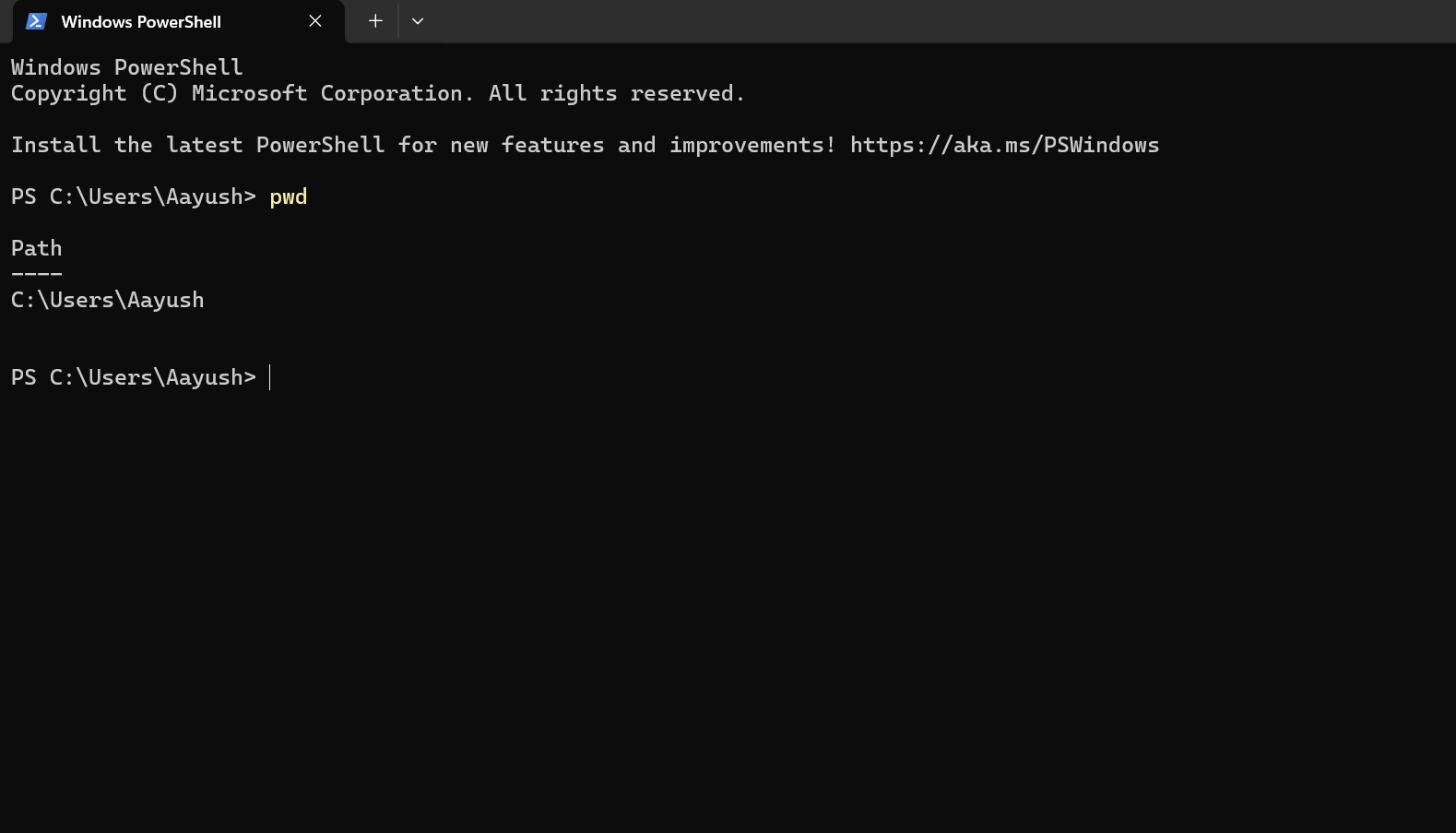
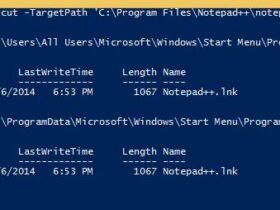
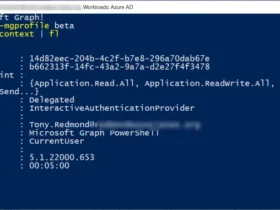
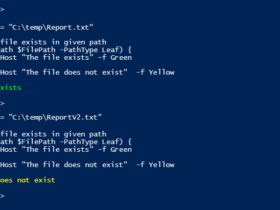
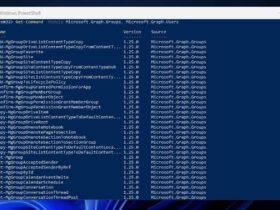
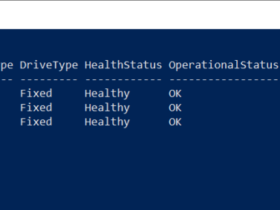
Leave a Reply
View Comments